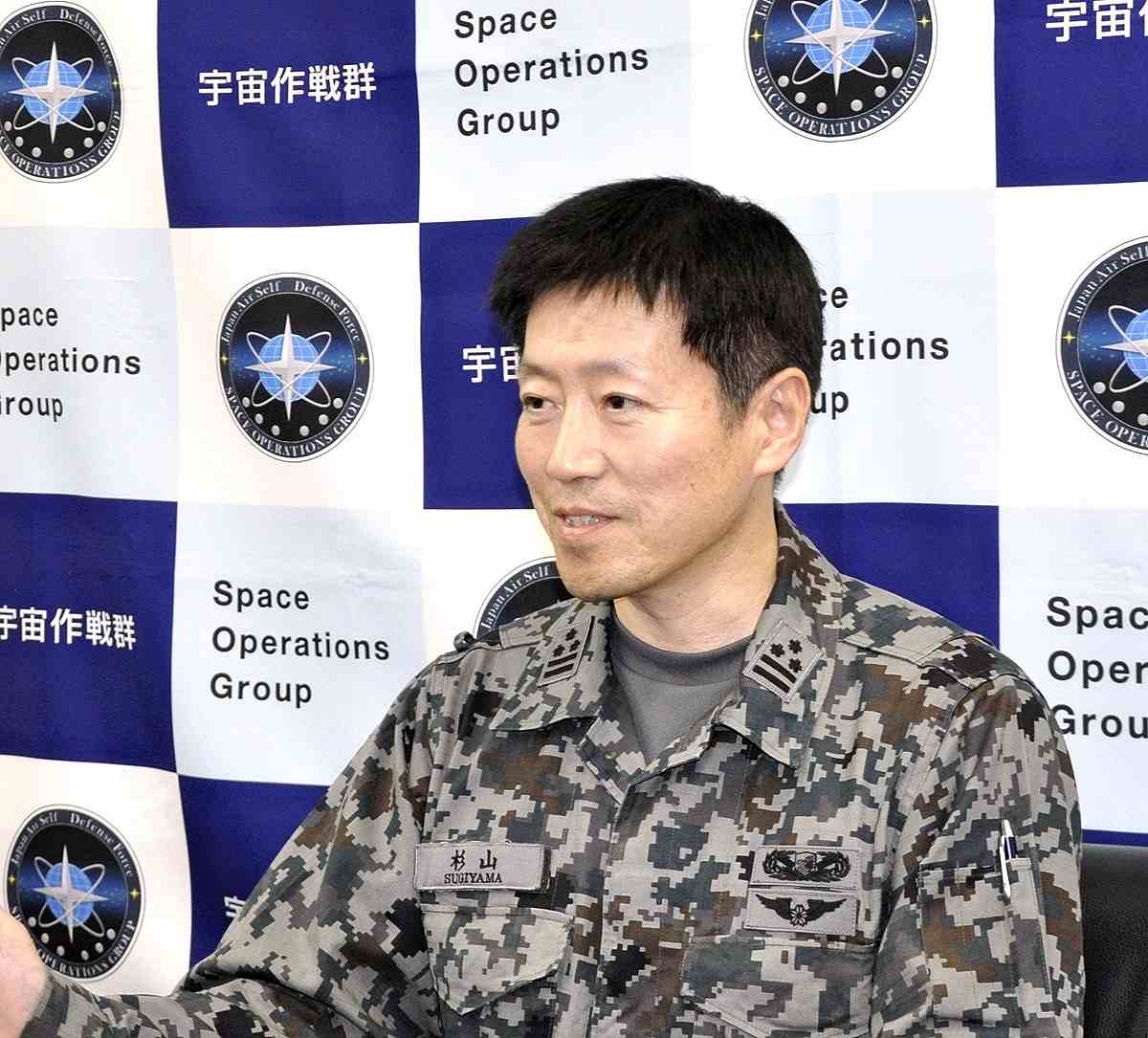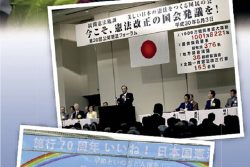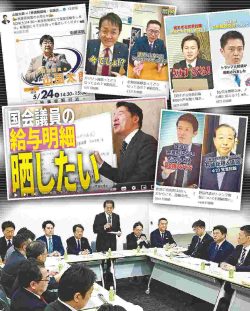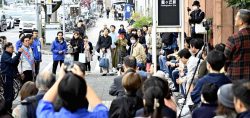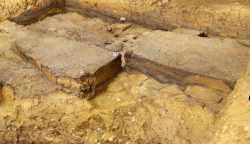SDF 70 yrs on — Expanding Roles / ASDF Expands Mission to Space; Collaborates with Private Sector as China, Russia Take Aim at Satellites
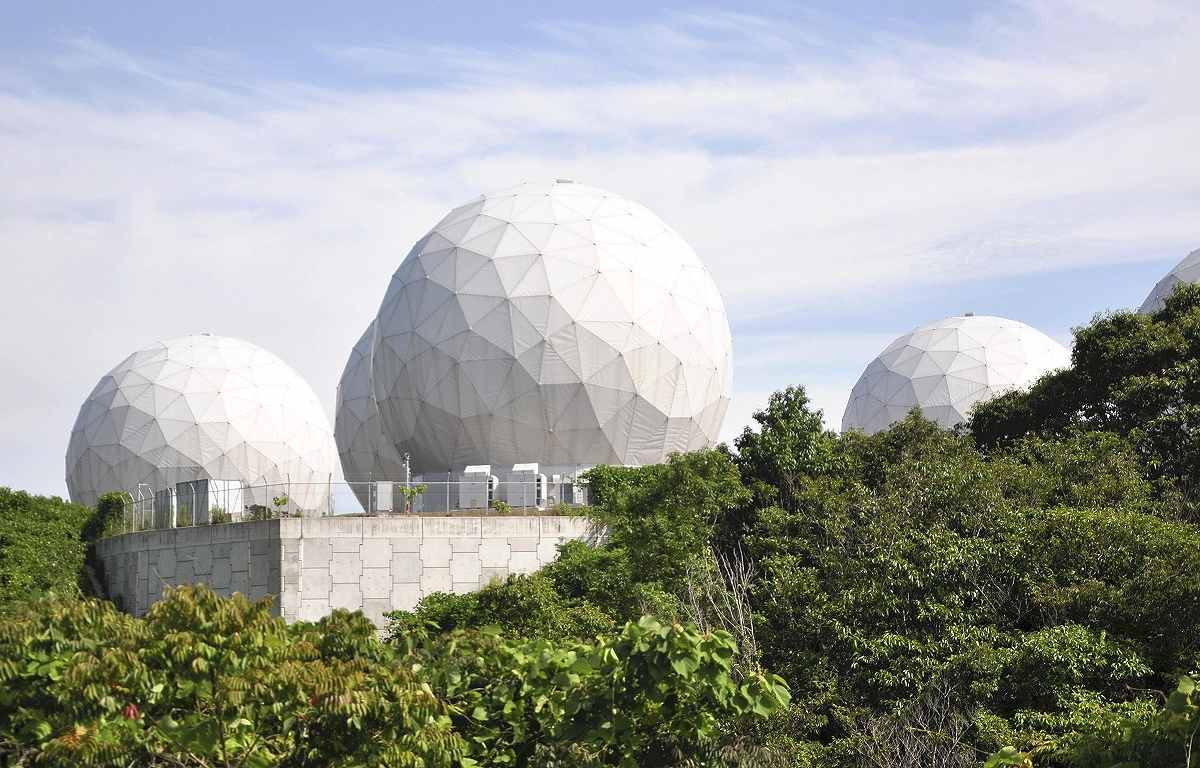
The Space Situational Awareness (SSA) radar, which the Air Self-Defense Force plans to put into operation this fiscal year, is seen in Sanyo-Onoda, Yamaguchi Prefecture, on June 21.
By Kenta Kamimura / Yomiuri Shimbun Staff Writer
1:00 JST, July 14, 2024
In the 70 years since the Self-Defense Forces were established on July 1, 1954, Japan’s security environment has changed drastically, with the breakup of the Soviet Union and the rise of China. This is the third and final article in a series on the growing role of the SDF.
***
Along a national highway in Yamaguchi Prefecture, a group of giant white spheres look out over the surrounding forest.
They are Space Situational Awareness (SSA) radar installations of the Air Self-Defense Force (ASDF) to be used for monitoring satellites orbiting the Earth. Located in the city of Sanyo-Onoda, they are expected to be put into operation this fiscal year.
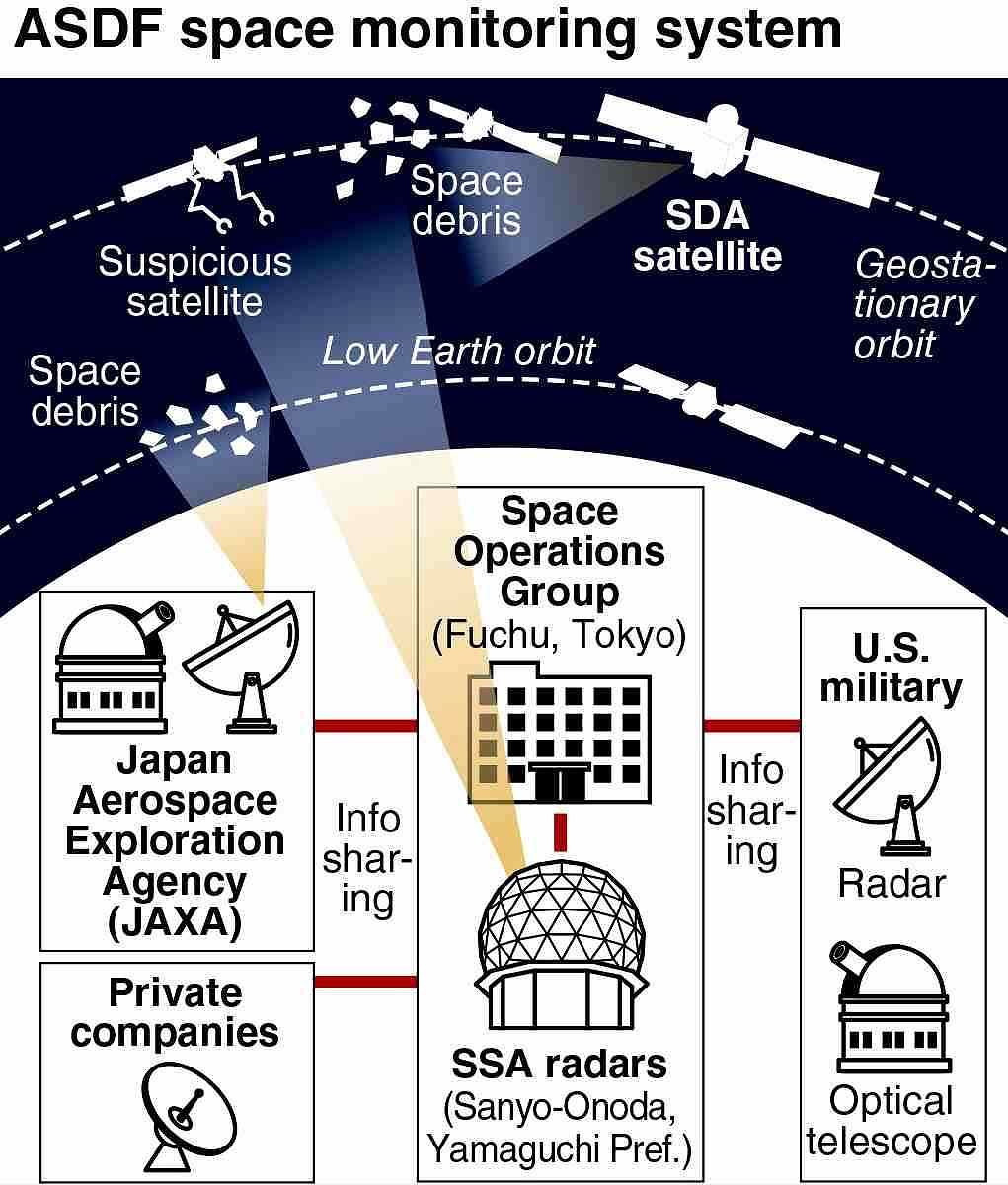
The radar installations will track satellites in geostationary orbit about 36,000 kilometers above the Earth, as well as space debris that could potentially collide with the satellites. It will also keep an eye out for “killer satellites” designed to attack those of other countries.
U.S. early-warning satellites use highly sensitive sensors to monitor heat sources on Earth. When one detects emissions from a missile launch, it immediately alerts the United States and Japan, allowing Aegis ships or other defense systems to prepare for interception.
Satellites support a wide range of functions, including communication relays, reconnaissance through image capture, and the Global Positioning System (GPS). If a Japanese or U.S. satellite is attacked by a killer satellite using a robotic arm or by jamming its signals, it could severely impact the operations of the Self-Defense Forces and affect the daily lives of citizens.
In 2020, the ASDF established its first space unit, the Space Operations Squadron, staffed with about 20 personnel. Two years later, it was elevated to become the Space Operations Group, which will be expanded to 320 personnel within this fiscal year.
In fiscal 2026, the government plans to launch a Space Domain Awareness (SDA) satellite to handle surveillance from space, and the ASDF will be renamed the “Aerospace” Self-Defense Force by fiscal year 2027.
Tests of satellite attacks
The expansion of the ASDF’s mission into space can be traced to countries like China enhancing their ability to interfere with other nations’ space systems.
China is advancing in the development of killer satellites and has been repeatedly conducting experiments to bring its satellites closer together.
At the end of 2019, China’s experimental SJ-17 satellite successfully approached a Chinese TV broadcast satellite in geostationary orbit. It repeatedly did the same thing with other satellites the year before and after, sometimes coming within a kilometer.
“Both Chinese and Russian satellites have approached Japanese satellites,” a senior Japanese government official said. The two countries have also conducted tests of demolishing satellites with missiles.
The National Security Strategy, which was revised in 2022, notes that Japan will aim to develop capabilities to disrupt the command, control, and communication systems of adversaries. The government will consider developing satellites capable of interfering with foreign military satellites in times of conflict.
Dual use of technologies
The ASDF’s Space Collaboration and Innovation Office is located on the 15th floor of a skyscraper in Tokyo’s Toranomon district. Two or three staff members wearing civilian clothes are stationed there full-time and exchange ideas with corporate representatives and others.
The office was established in October last year with the aim of using private-sector technology for defense purposes. In its first six months, the office had dealings with over 120 companies and organizations.
Companies have made a wide-range of proposals, such as for a system for detecting objects re-entering the atmosphere, which is useful for detecting ballistic missiles, or for technology on quantum cryptography communications, which enhances communication security. The ASDF has countered with ideas for demonstration tests using its facilities.
“There are countless companies with excellent technologies and ideas,” an ASDF member in charge said. “The discussions here will contribute to coming up with strategic concepts in the future.”
It is now difficult to separate technology in terms of civilian or defense use. In 2019, the Japan Aerospace Exploration Agency’s asteroid explorer Hayabusa2 successfully collected samples from beneath the surface of the asteroid Ryugu. The technology used to pierce the surface with a metal projectile shared traits with the military technology known as an explosively formed projectile (EFP).
The utilization of space by the SDF, as well as the dual application of technology for both civilian and defense purposes, was once a potentially contentious political issue. The 70-year history of the ASDF reflects the heightened tension in the security environment and a corresponding shift in public awareness.
Related Article “SDF 70 yrs on — Expanding Roles”
Popular Articles
Popular articles in the past 24 hours
-

AI Personalizes Foreign Language Lessons in Pilot Projects, Inspi...
-

Bank of Japan Considered U.S. Tariffs, Coming Shunto Wage Hike Ta...
-

Green Expo 2027 Gains Attention from Osaka Expo Fans; Event Plann...
-

Japan's 1st Domestically Manufactured EV Police Motorcycle Unveil...
-

Kumamoto: Trams to Continue Accepting IC Cards after Strong Oppos...
-

Yen Weakens against Peers after BOJ Raises Interest Rates
-

Coffee Omakase Is Japan's Love Letter to Caffeine
-

Colorful New Year Lucky Charm Production Reaches Peak in Shizuoka...
Popular articles in the past week
-

University of Tokyo Professor Discusses Japanese Economic Securit...
-

Tsukiji Market Urges Tourists to Avoid Visiting in Year-End
-

Israeli Tourists Refused Accommodation at Hotel in Japan’s Nagano...
-

China to Impose Sanctions on Shigeru Iwasaki, Former Head of Japa...
-

Japan to Support Central Asian Logistics Route That Bypasses Russ...
-

U.S. Senate Resolution Backs Japan, Condemns China's Pressure
-

Speed Skater Yukino Yoshida Clinches Ticket to Milan
-

Kenta Maeda Joins Rakuten Eagles; Returns from American MLB to Ja...
Popular articles in the past month
-

Keidanren Chairman Yoshinobu Tsutsui Visits Kashiwazaki-Kariwa Nu...
-

Imports of Rare Earths from China Facing Delays, May Be Caused by...
-

Japan Exports Rise in October as Slump in U.S. Sales Eases
-

University of Tokyo Professor Discusses Japanese Economic Securit...
-

Japan Pulls out of Vietnam Nuclear Project, Complicating Hanoi's ...
-

Govt Aims to Expand NISA Program Lineup, Abolish Age Restriction
-

Blanket Eel Trade Restrictions Rejected
-

Key Japan Labor Group to Seek Pay Scale Hike
"Society" POPULAR ARTICLE
-

M4.9 Earthquake Hits Tokyo, Neighboring Prefectures
-

M7.5 Earthquake Hits Northern Japan; Tsunami Waves Observed in Hokkaido, Aomori and Iwate Prefectures
-

Tsukiji Market Urges Tourists to Avoid Visiting in Year-End
-

Israeli Tourists Refused Accommodation at Hotel in Japan’s Nagano Pref., Prompting Protest by Israeli Embassy and Probe by Prefecture
-
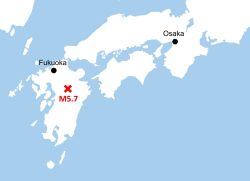
M5.7 Earthquake Hits Japan’s Kumamoto Pref., Measuring Upper 5 Intensity, No Tsunami Expected
JN ACCESS RANKING
-

Keidanren Chairman Yoshinobu Tsutsui Visits Kashiwazaki-Kariwa Nuclear Power Plant; Inspects New Emergency Safety System
-

Imports of Rare Earths from China Facing Delays, May Be Caused by Deterioration of Japan-China Relations
-

University of Tokyo Professor Discusses Japanese Economic Security in Interview Ahead of Forum
-

Japan Pulls out of Vietnam Nuclear Project, Complicating Hanoi’s Power Plans
-

Govt Aims to Expand NISA Program Lineup, Abolish Age Restriction
